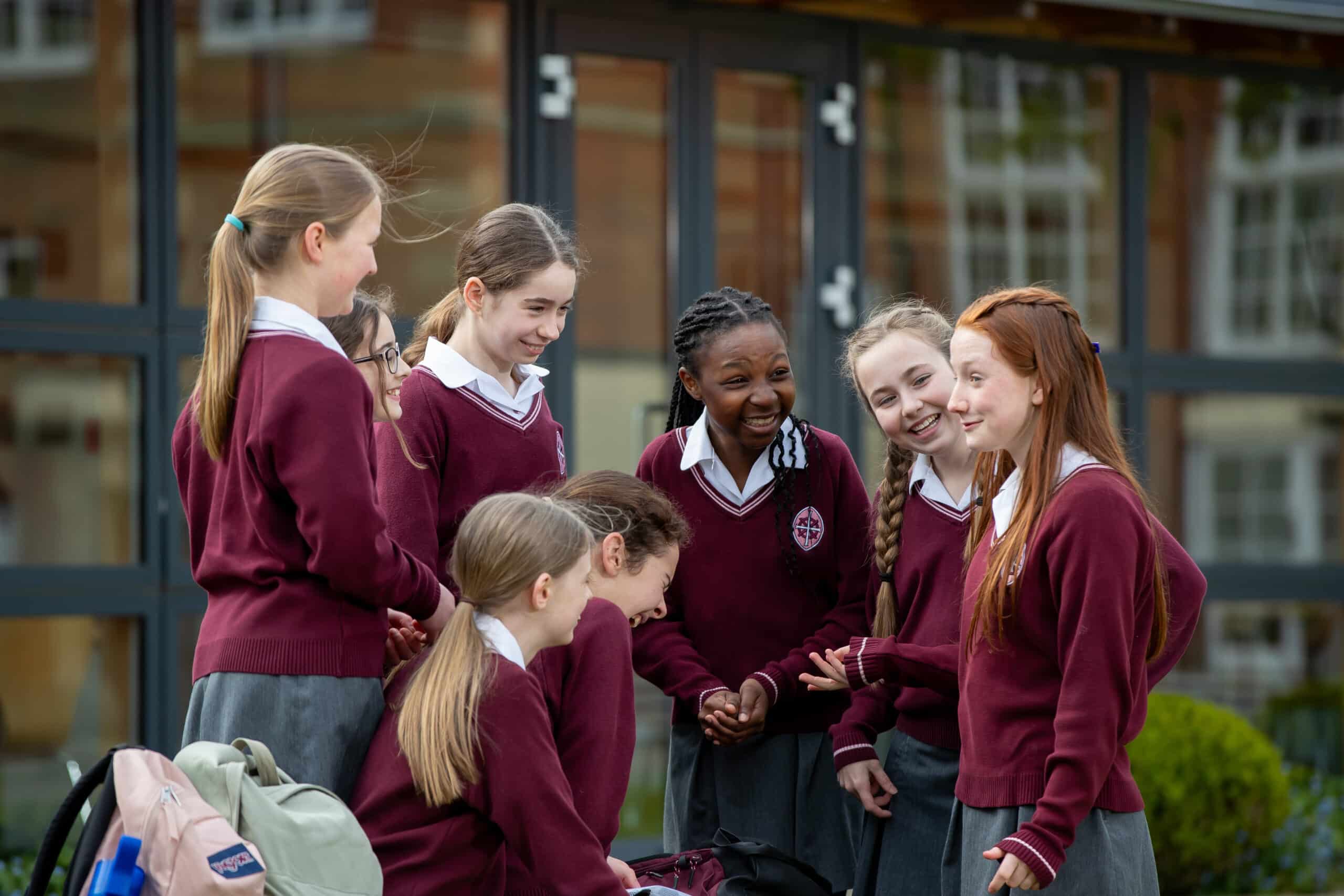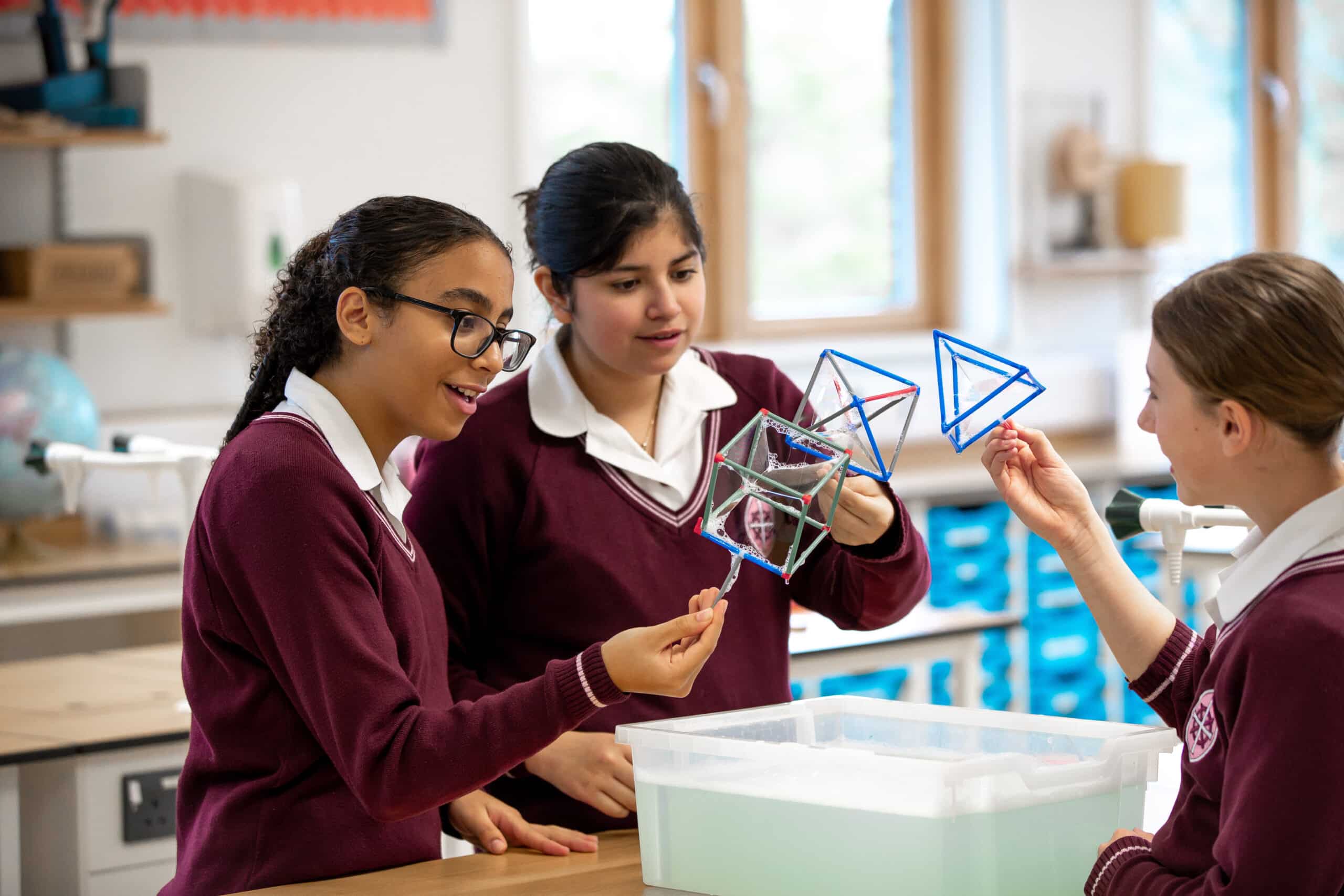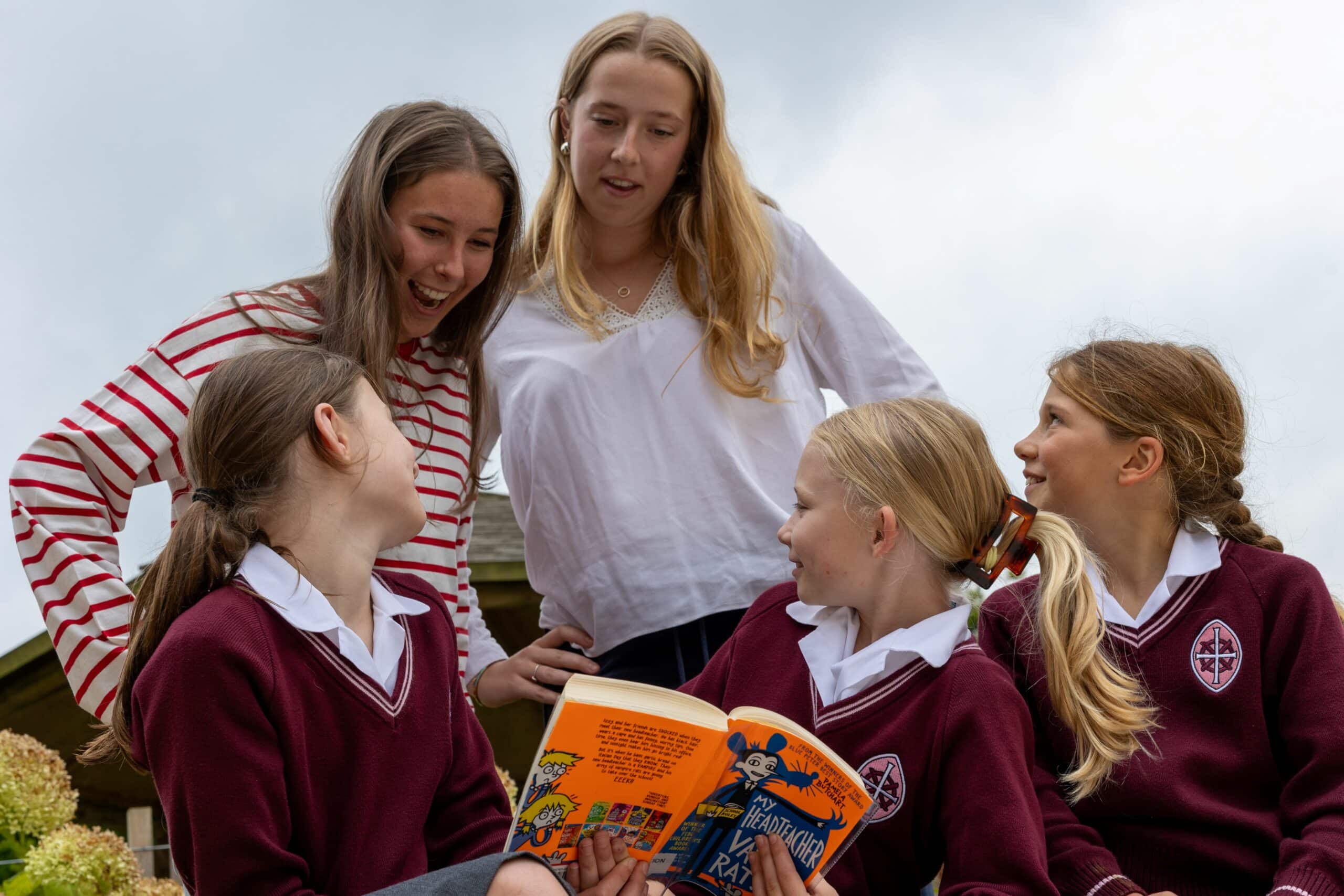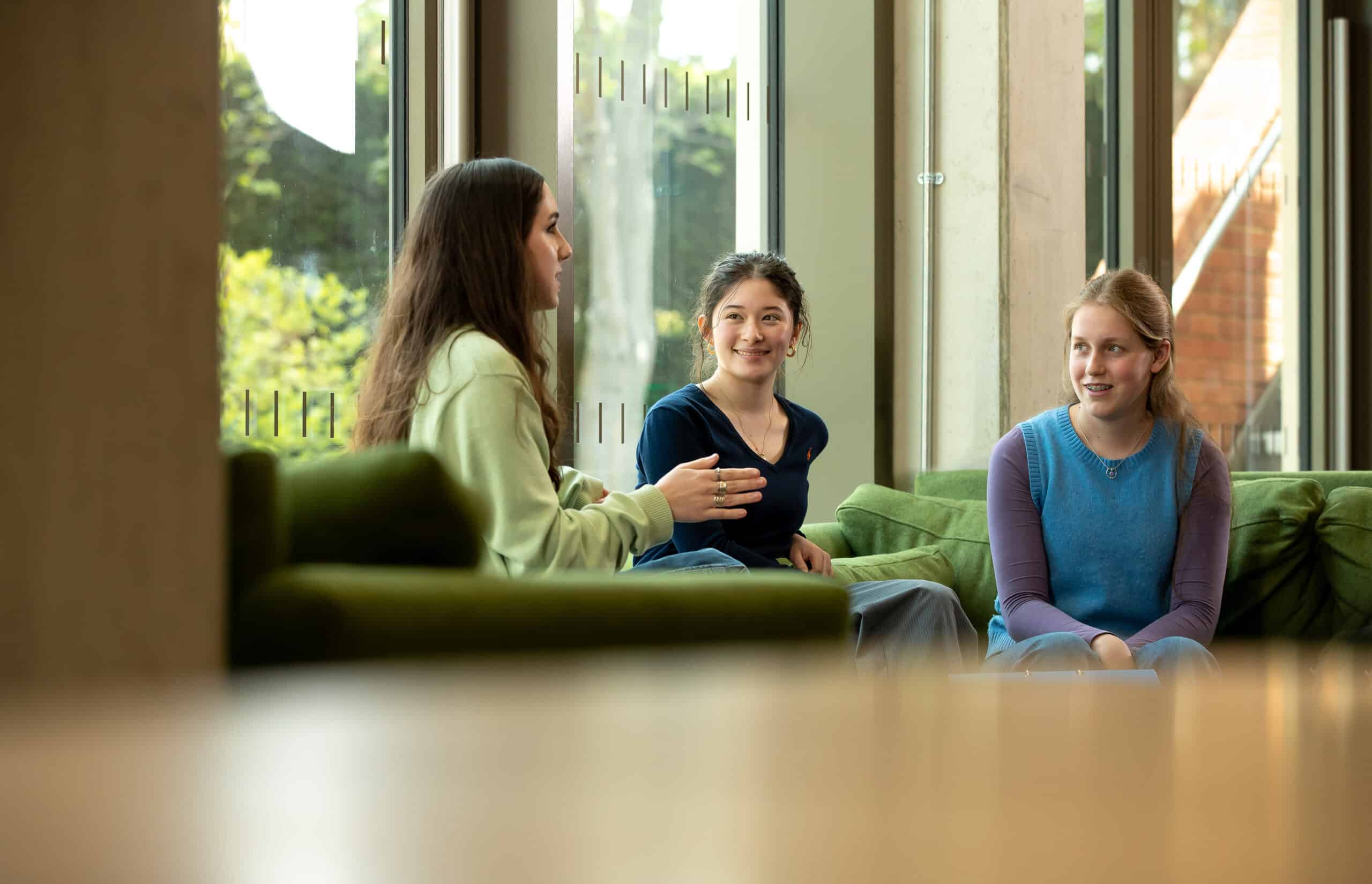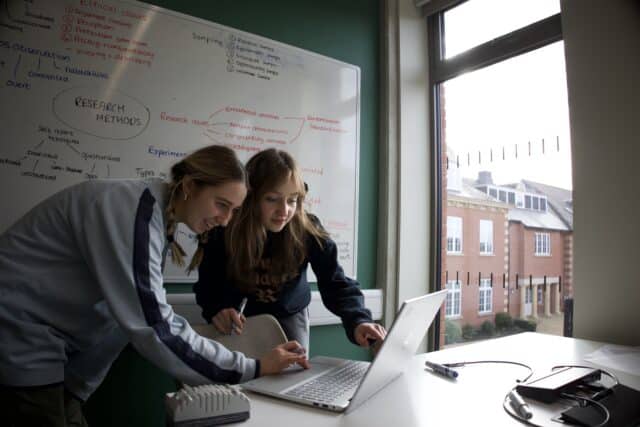Crafting is more than just a creative outlet—it’s a powerful way to engage different parts of the brain. Research shows that hands-on making improves fine motor skills, hand-eye coordination, and problem-solving abilities while also reducing stress and enhancing focus. Whether you’re drawn to creative expression or looking to sharpen essential cognitive skills, Craft it offers valuable benefits for everyone.
Why choose Craft it?
Studying craft-based disciplines strengthens a wide range of transferable skills, making it an excellent complement to any academic pathway, from the sciences to the humanities.
- Enhance critical thinking and problem-solving: crafting challenges you to think three-dimensionally, improving your ability to analyse, adapt and develop solutions—key skills for subjects like mathematics, engineering and medicine.
- Boost fine motor skills and precision: the hands-on techniques practised in Craft it refine dexterity, an asset for aspiring surgeons, scientists and designers.
- Build resilience and confidence: experimenting with different materials and techniques fosters perseverance, adaptability and self-expression, all of which are essential for success in any field.
- Improve well-being and focus: engaging in creative activities is proven to reduce stress and anxiety, offering a mindful escape from academic pressures. Many students find that Craft it helps them return to their studies feeling refreshed and focused.
Topics studied
Craft it is a practical, hands-on subject, taught by a specialist Art teacher who will guide you through a wide range of skills, techniques and creative processes. You’ll explore:
- Material exploration: work with textiles, ceramics, wood, metal and mixed media to develop practical making skills
- Technical workshops: learn specialist crafting techniques through guided demonstrations
- Design thinking and creativity: develop your own ideas and bring them to life through experimentation and problem-solving
- Contextual studies: understand the historical and contemporary significance of craft and design
Taught as a double lesson per week, you have time to develop your skills, experiment with materials and create finished pieces.
Assessment
Craft it is free from the pressure of formal exams. Instead, your progress is assessed through:
- Your practical outcomes: the artefacts and objects you create
- Engagement and participation: your enthusiasm, effort and willingness to experiment
- Attendance and contribution: being part of the creative community within the class
This approach allows you to focus on learning and developing new skills without the stress of a final qualification.
Taking it further
Many students find that Craft it enriches their overall education and enhances university applications by demonstrating creativity, independent thinking and problem-solving abilities.
- Aspiring medics and scientists: highlight your manual dexterity, attention to detail and problem-solving mindset in interviews
- Mathematicians and engineers: develop spatial awareness and innovative thinking through hands-on design and construction
- Future designers, architects and artists: build foundational skills that can lead to an Art Foundation course, university study or a creative career
- Anyone looking to broaden their skills and interests: Craft it provides a refreshing contrast to academic subjects and helps develop a well-rounded skill set
Whether you see yourself in a creative field or simply want to explore a new way of thinking, Craft it is a rewarding and valuable subject for everyone.


